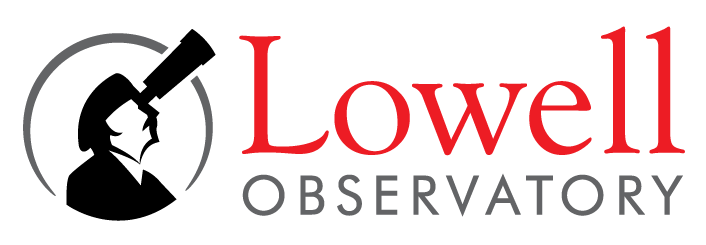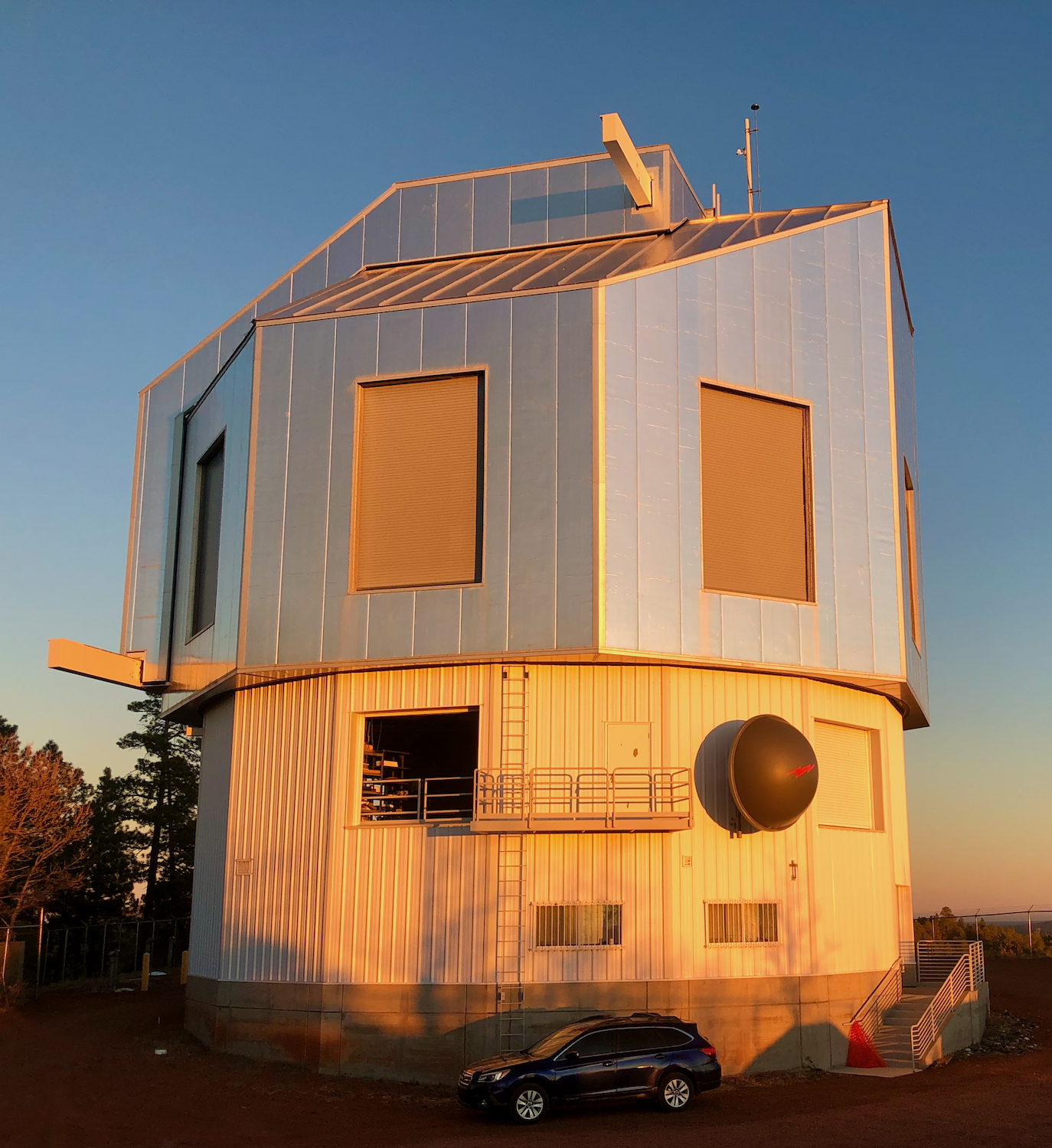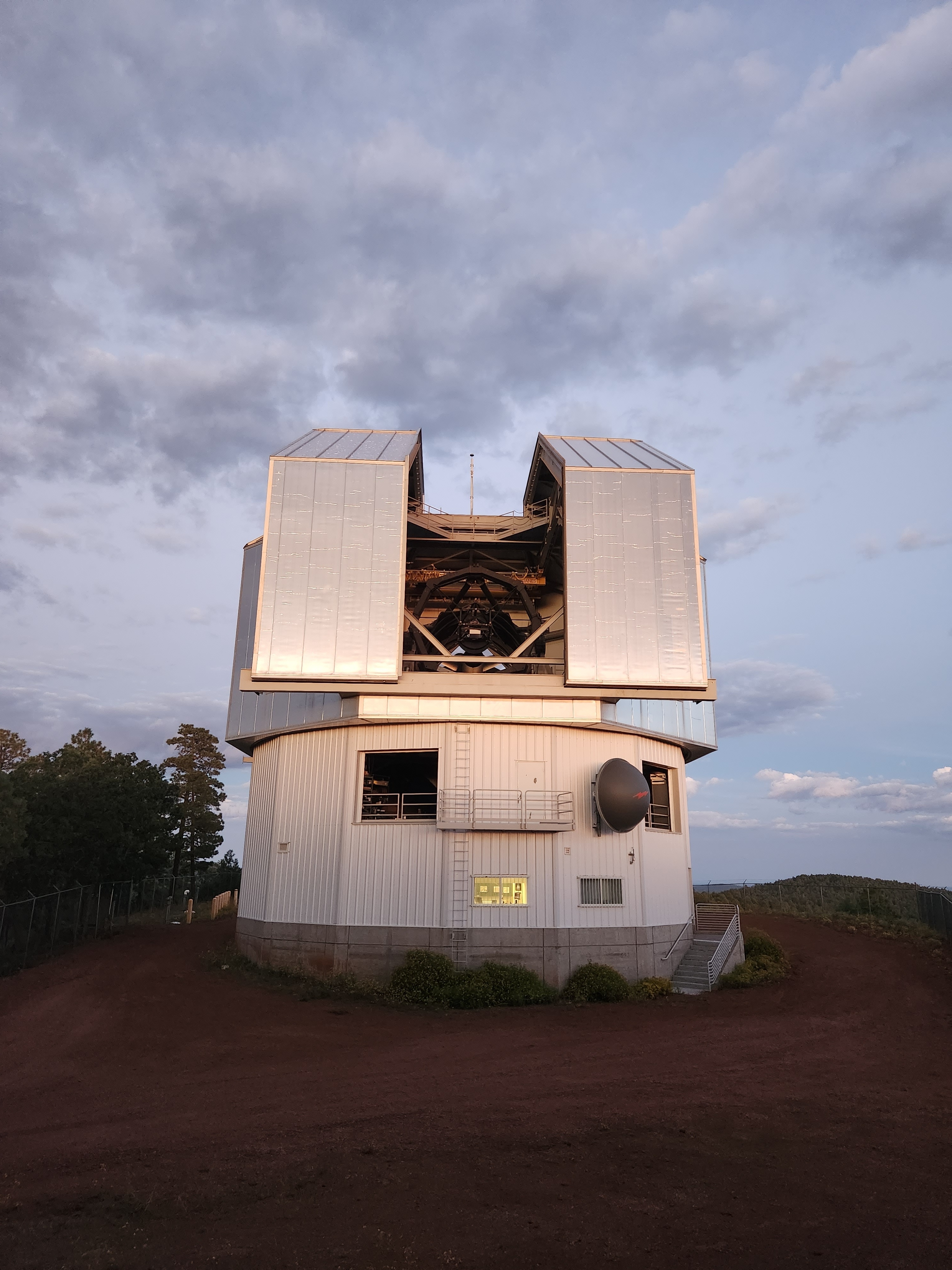NIHTS is back in operation. (2021Nov15UPDATE: Check with staff about the upcoming PypeIt Workshop on June 11. (2024Apr24) UPDATE: The 2022A 2024B LDT Call for Proposals has been released. (2024Apr11) UPDATE: The 2024A LDT Schedule has been released. (2021Oct122023Dec08) UPDATE: The new VPN platform is now required for connection to the Lowell network. All remote observers MUST update their VPN settings: Watchguard SSLVPN Installation. (2021Sep06)UPDATE: The 2021B LDT schedule has been released
| Expand |
|---|
| title | UPDATE: The LMI User Manual updated. ( |
|---|
|
2021Jun07UPDATE: dome mounted flat lamp bulbs (typically used for LMI dome flats) were replaced today. One of the previous three was burned out. (2021Jun01)LMI User Manual has been updated. |
spectrograph GG495 filter has been removed from the instrument; replacement plan TBD. Order-blocking filters GG420 and OG570 are still in service. (2021Apr29)| Spectrograph User Manual has been updated. (2023Nov16) |
| The new version (v1.8 – 16 November 2023) updates to the PypeIt instructions and introduces the LDT Observer Tools python package. It is available on the LDT Observer Information Confluence page. |
| Expand |
|---|
| title | UPDATE: NIHTS User Manual updated. (2021Apr26) |
|---|
| An updated version of the NIHTS User Manual (v1.7) has been released and is available on the LDT confluence pages. Per the authors, NIHTS User Manual v1.7 includes 7 includes a couple of revised figures revised figures from the NIHTS Commissioning paperpaper. |
| Expand |
|---|
| title | UPDATE: The DeVeny Spectrograph User Manual updated. (2021Mar22) |
|---|
| The new version (v1.6 – 22 March 2021) includes updated operating instructions, a reorganized structure, and more ancillary data and information on the instrument. It is available on the LDT Observer Information Confluence page. | | Expand |
|---|
| title | UPDATE: LDT Observer Information Pages released. (2021Mar22) |
|---|
| | title | UPDATE: The LMI User Manual updatedThe new LDT Observer Information Pages were released, replacing the prior DCT Observer Information Pages. |
|---|
| Expand |
|---|
. | (2020Dec20) | The LMI User Manual has been updated. |
| Expand |
|---|
| title | UPDATE: LMI shutter delay. (2018Dec05) |
|---|
| We have looked into quantifying the delay between when a user requests an image with LMI, and when the shutter actually opens. Details can be found in the write up under the LMI link about the shutter delay. The bottom line is that: The exposure times are as recorded to within a few hundredths of a second, based on the star streaks. The shutter throw time in each direction is between roughly 0.1 and 0.2 seconds, meaning that there is also a temporal gradient across all the images. Formal uncertainty on the measured time offsets are an underestimate of the true variation. The shutter throw time alone means the mid-time varies across the frame systematically by at least 0.1second (added as the systematic uncertainty below). The shutter opens 2.05 +/- 0.06 (ran) +/- 0.1 (sys) seconds later than the UTCSTART in the image header. The shutter closes 0.19 +/- 0.06 (ran) +/- 0.1 (sys) seconds earlier than the UTCEND in the image header.
Exposure times should be computed as: Start time = UTCSTART + 2.05sec End time = UTCEND - 0.19sec Mid-time = UTCSTART + 2.05 + EXPTIME/2 or Mid-time = [(UTCSTART + 2.05) + (UTCEND-0.19)] / 2
|
| 

